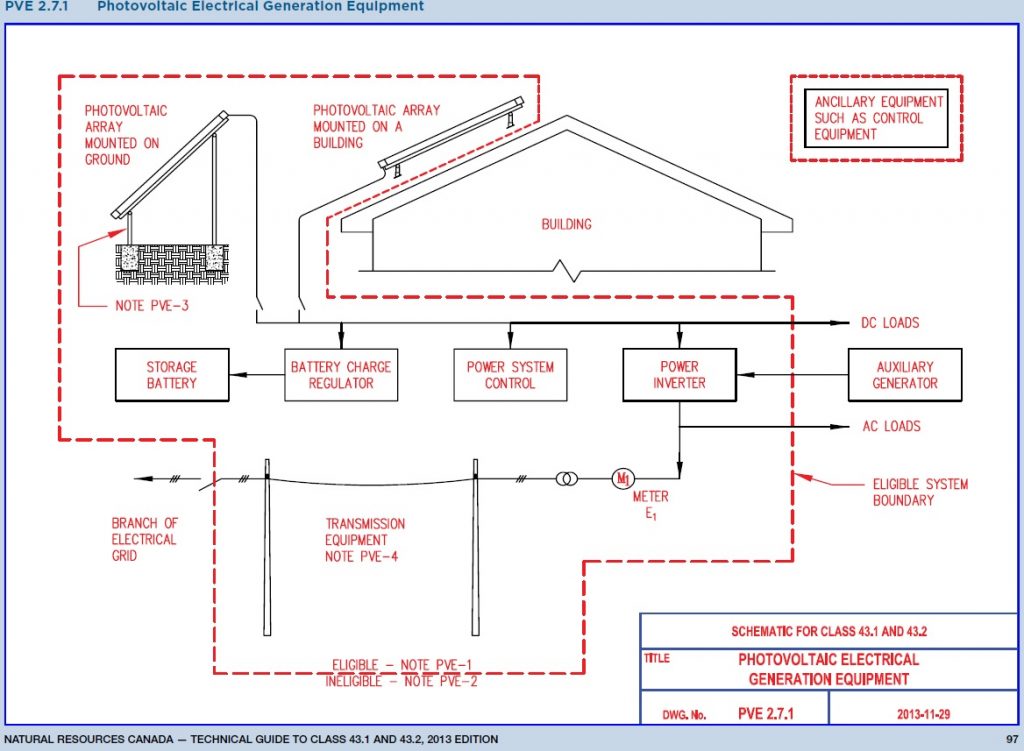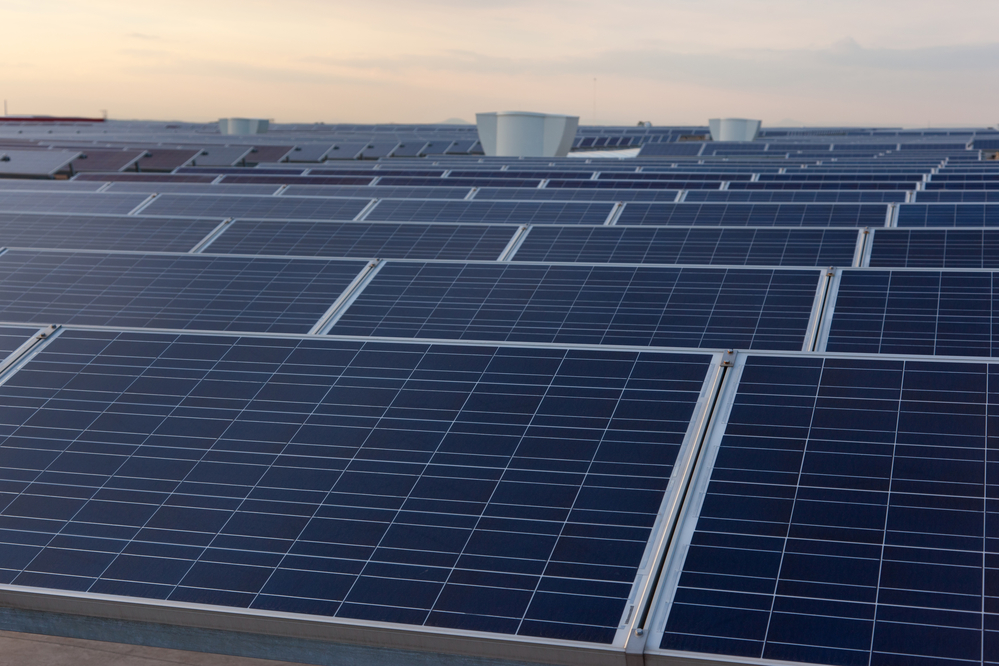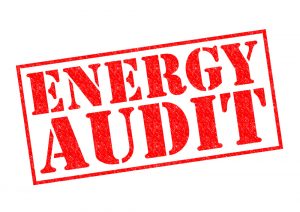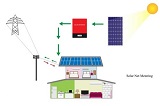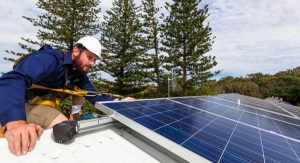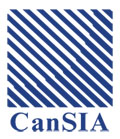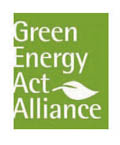Under Class 43.1 and 43.2 of Schedule II to Canada’s Income Tax Regulations, the Accelerated Capital Cost Allowance (ACCA) allows investors an accelerated write-off of certain equipment used to produce energy in a more efficient way or to produce energy from alternative renewable sources.
Canada’s federal government provides a 50 percent ACCA rate for Class 43.1 and 43.2 properties as an incentive to encourage businesses to invest in specified clean energy generation and energy-efficient equipment by allowing them to delay paying tax.

What Qualifies for This Incentive?
Class 43.1 includes any equipment or property purchased after Feb. 21, 1994, and onward, while Class 43.2 applies to any purchases made after Feb. 22, 2005, but before 2020.
Both classes include a variety of stationary equipment that generates or conserves energy by:
- using a renewable energy source (e.g., wind, solar, small-scale hydroelectric);
- using fuels from waste (e.g., landfill gas, wood waste, manure); or
- making efficient use of fossil fuels (e.g., high-efficiency co-generation systems).
Generally, taxpayers may deduct their capital cost allowance, or CCA, in light of the capital cost of depreciable property when figuring out how much money their business or property brings in. The CCA claim for a class of depreciable property is based on a prescribed rate that is generally based on the useful life of the property.
Class 43.1 and 43.2 provide a higher-than-average CCA rate as an incentive to encourage businesses to invest in specified clean energy generation and energy-efficient equipment. For a taxpayer to claim CCA on a Class 43.1 or 43.2 property, they must meet the following conditions:
- the taxpayer must own the property;
- the taxpayer must have acquired the property for the purpose of gaining or producing income;
- the property must be “available for use;” and
- the property must meet certain specifications prescribed by regulation.
Federal Budget Extends ACCA Five More Years
Though the ACCA that applies to clean energy equipment was previously scheduled to phase out in 2020, the federal government recently announced an agreement to extend it into 2025, thus providing a boost for businesses that invest in renewable energy, such as solar power, for an additional five years. This revised deadline supports the federal government’s ambitious goal to reduce nationwide greenhouse gas emissions by 40 percent by as early as 2025.
According to Natural Resources Canada, as of September 2018, renewable energy sources provide 17 percent of Canada’s total primary energy supply, so there is ample opportunity for growth. Though the primary source of renewable energy in Canada has traditionally been hydroelectric, wind power and solar energy are the fastest-growing sources of renewable electricity nationwide.
“The extension of this important provision [ACCA] will provide certainty for the clean energy sector and a clear signal that the federal government remains committed to supporting Canada’s transition to a lower-carbon energy future,” said John Gorman, president and CEO of the Canadian Solar Industries Association.


